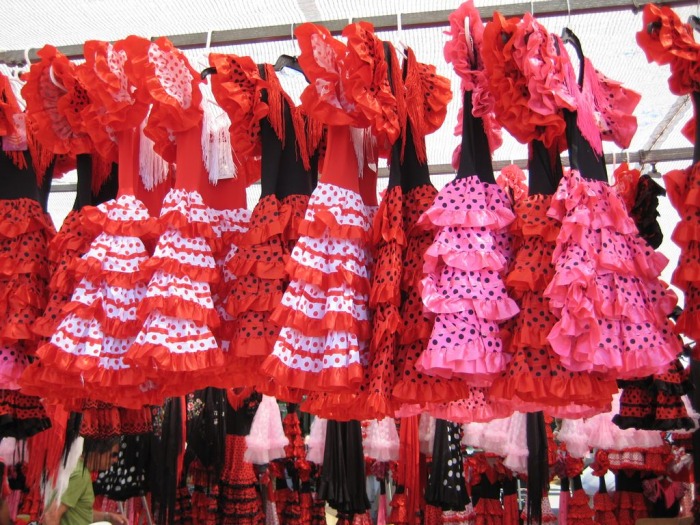Organizing a training course in an inspiring location like the Spanish coast can make a world of difference. Sun, sea, and a relaxed atmosphere stimulate creativity, team spirit, and productivity among participants. However, the secret to a successful training course lies not only in the surroundings but also in the preparation and attention to detail. Here are tips and inspiration for a successful training course in Spain, so you and your participants can enjoy an unforgettable experience.
1. Choose the Right Location
The location largely determines the atmosphere and impact of the training. Consider a location that is not only practical but also contributes to the objectives of your session. Spain boasts many fantastic coastal locations, such as Casa Benissa, equipped with modern amenities, inspiring décor, and opportunities for outdoor activities. Make sure the location is easily accessible from the nearest airport and offers everything you need, such as meeting rooms, projectors, and reliable Wi-Fi.
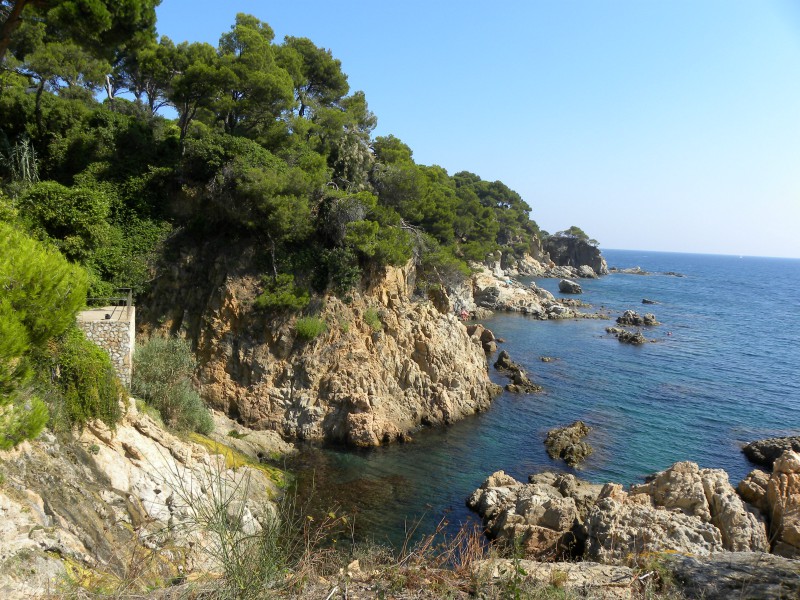
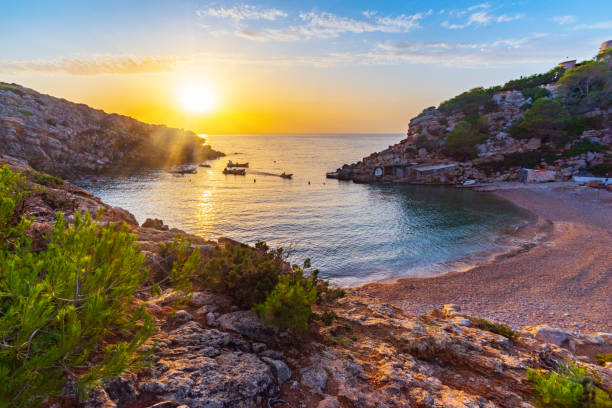
2. Determine the Ideal Season
Spain is attractive year-round, but the weather varies by season and region. Spring and autumn are ideal for the coast: warm temperatures without the summer crowds and heat. For relaxed training sessions without distractions, it's best to book outside the peak seasons (May-June and September-October). Temperatures are pleasant then, and you'll have a wider choice of accommodations.
3. Provide Comfortable Accommodation
A comfortable stay is essential for the focus and well-being of participants. A location like Casa Benissa includes accommodation for trainers, while participants can easily book accommodations nearby. Make sure the accommodation in the area is well-reviewed, has good amenities, and is within easy reach of the training location. This prevents long travel times and ensures smooth logistics.
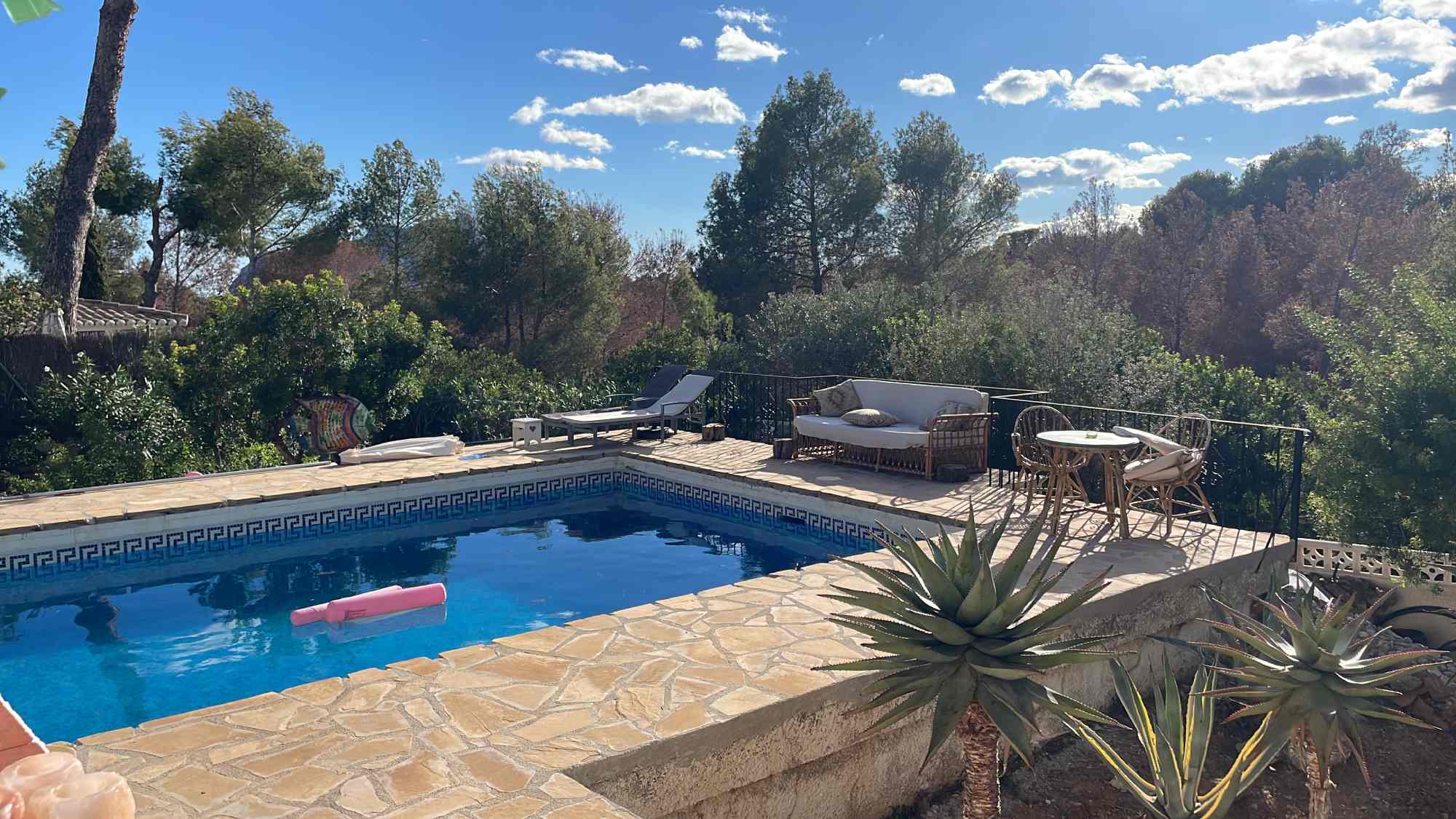

4. Schedule Time for Relaxation and Team Building
A training course in Spain offers the perfect opportunity to combine work and relaxation. Plan enough time for breaks, lunches, and outdoor activities so participants can enjoy the Spanish landscape and get to know each other better. Team-building activities such as a boat trip or a shared activity Paseo Ecologico A coastal walk or a cooking workshop with Spanish dishes will create an informal atmosphere and strengthen group bonds.
5. Make Use of Local Culture
Enrich the training by integrating elements of Spanish culture. This could range from Spanish dishes in the catering to a visit to the local fish market to conclude the day. By incorporating the culture and atmosphere of Spain into the program, the training feels like a unique and memorable experience. Consider, for example, a wine tasting, tapas lunches, or a short introduction to the Spanish language.
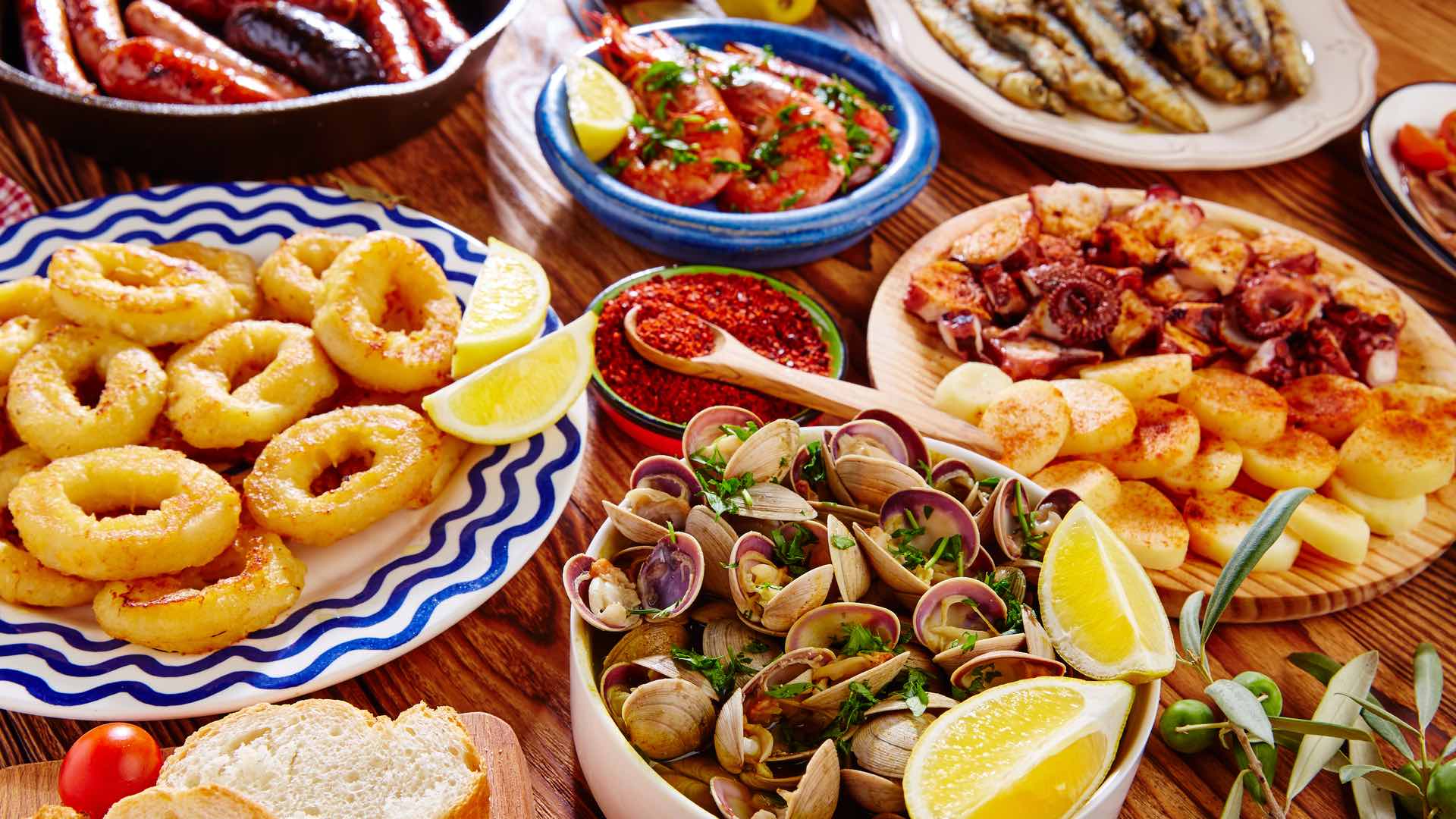
6. Provide Technical Preparations and Resources
A successful training session requires thorough technical preparation. Ensure the location has reliable Wi-Fi and check whether the necessary audiovisual equipment, such as projectors, whiteboards, and flipcharts, is available. Also, make a list of the materials and resources you'll need and, where possible, bring extras to avoid unexpected situations.
7. Create a Balanced Program
A good program offers a balance between intensive sessions and relaxation. Avoid overloading your schedule and build in time for reflection, walks, or short meditation or yoga sessions. The serene Spanish coastal setting can be an invitation for mindfulness exercises or short creative breaks that contribute to the group's focus and energy.

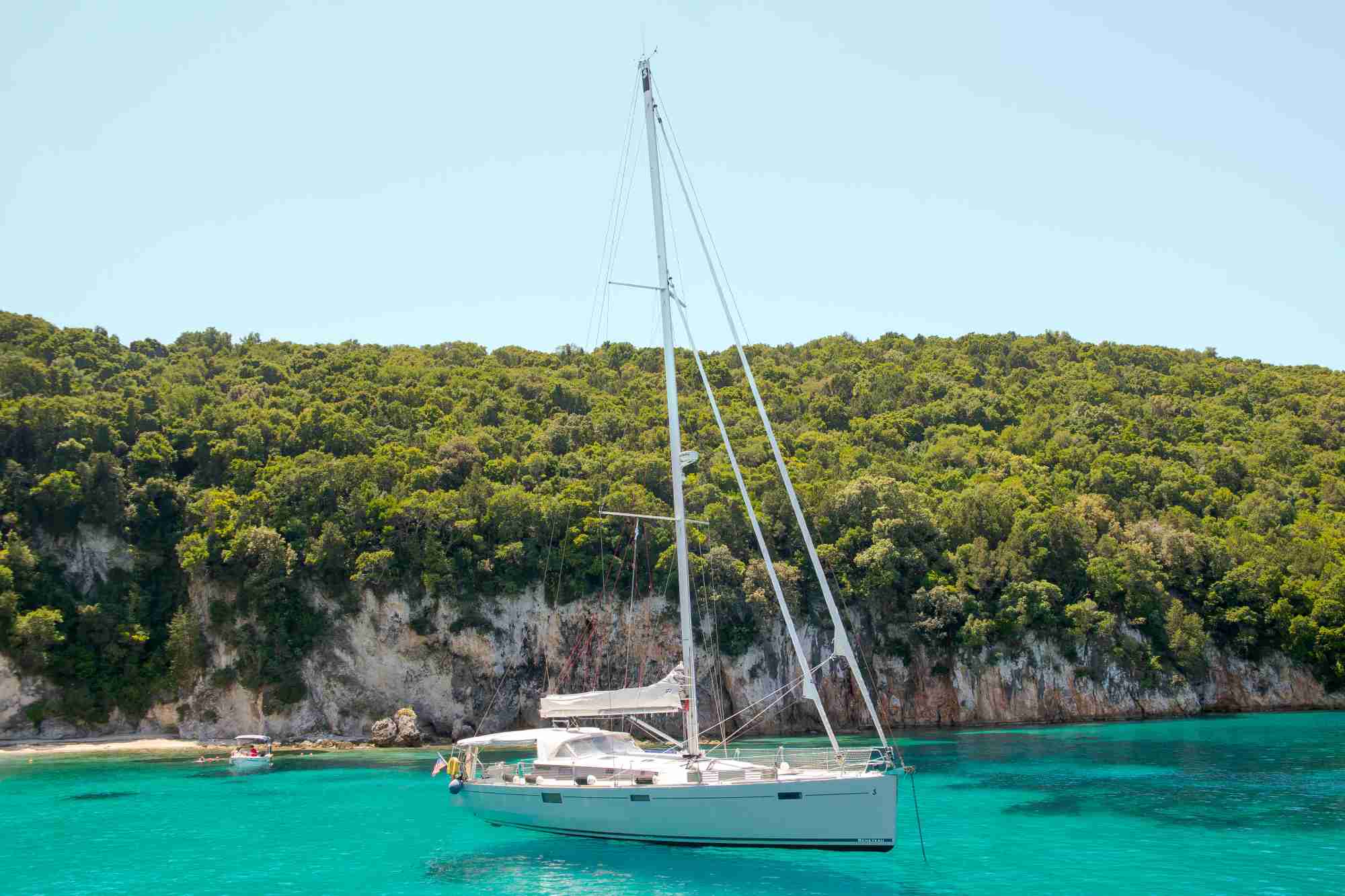
8. Provide Optional Post-Training Activities
Many participants see a training session on the Spanish coast as a great opportunity for a mini-vacation. Offer optional activities that participants can do after the training, such as a day trip to a nearby town, an afternoon beach or sailing, or visiting local attractions. This gives them the opportunity to relax and make the most of their stay.



